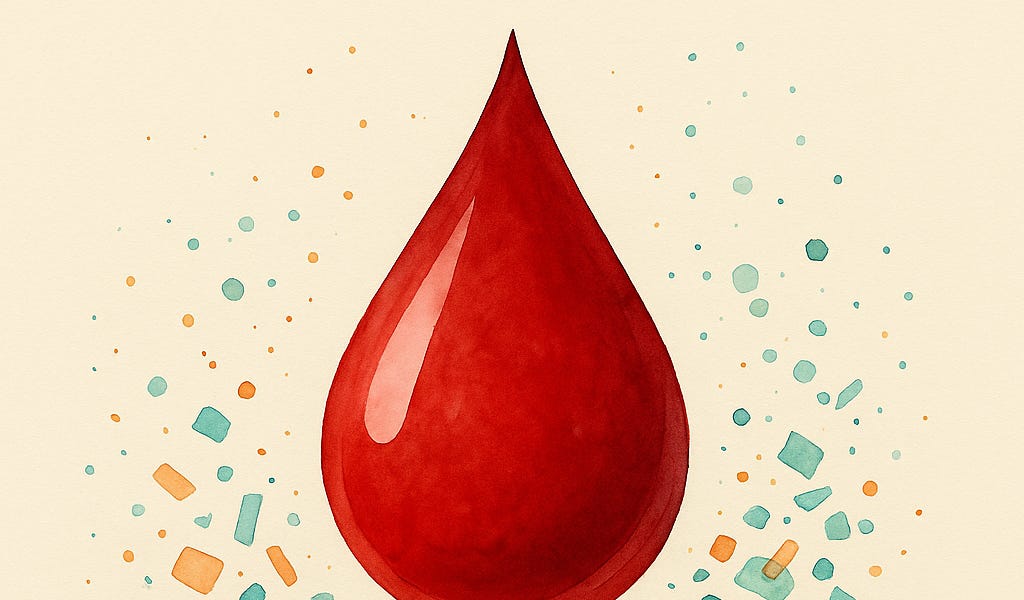
First Evidence of Microplastic Mobilization in a Human Subject – A Self-Experiment
A few months ago, I was shocked to learn that I most likely have about a plastic spoon’s worth of plastic in my brain. You do too. Not in one piece, but spread throughout the organ, as tiny micro- and nanoparticles trapped within and between your cells.
And it isn’t just your brain. Microplastics are present nearly everywhere researchers look. They are present in your liver, your kidneys, and in your blood. And they are ubiquitous in the environment. They have infested the ocean, our soils, other animals, and even plants.
When you eat an apple, you ingest millions of microplastic particles. Drink bottled water? You are ingesting more than 100,000 particles per liter. They are entering your body through your nasal mucosa and through your lungs every day, simply by breathing. This is new information, enabled by sensitive detection methods that weren’t available just a few years ago. And we are only starting to grasp the health consequences. In animal and cell models, internalization of these particles invariably leads to cellular dysfunction and inflammation. In observational studies, microplastic burden strongly correlates with negative health outcomes – brains with dementia have more microplastics than healthy ones, and people with detectable microplastics in their arteries are more than twice as likely to have a heart attack or stroke, or to die of any cause than people without.
Once these particles enter our bodies, there is little we can do to remove them. Reducing exposure to new particles is the best we can do—at least, according to most experts. But my self-experiments suggest otherwise.










